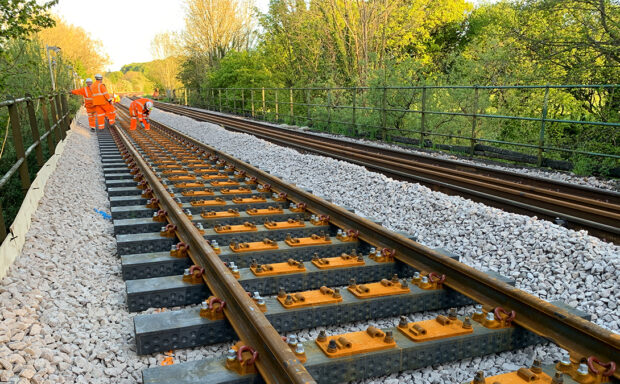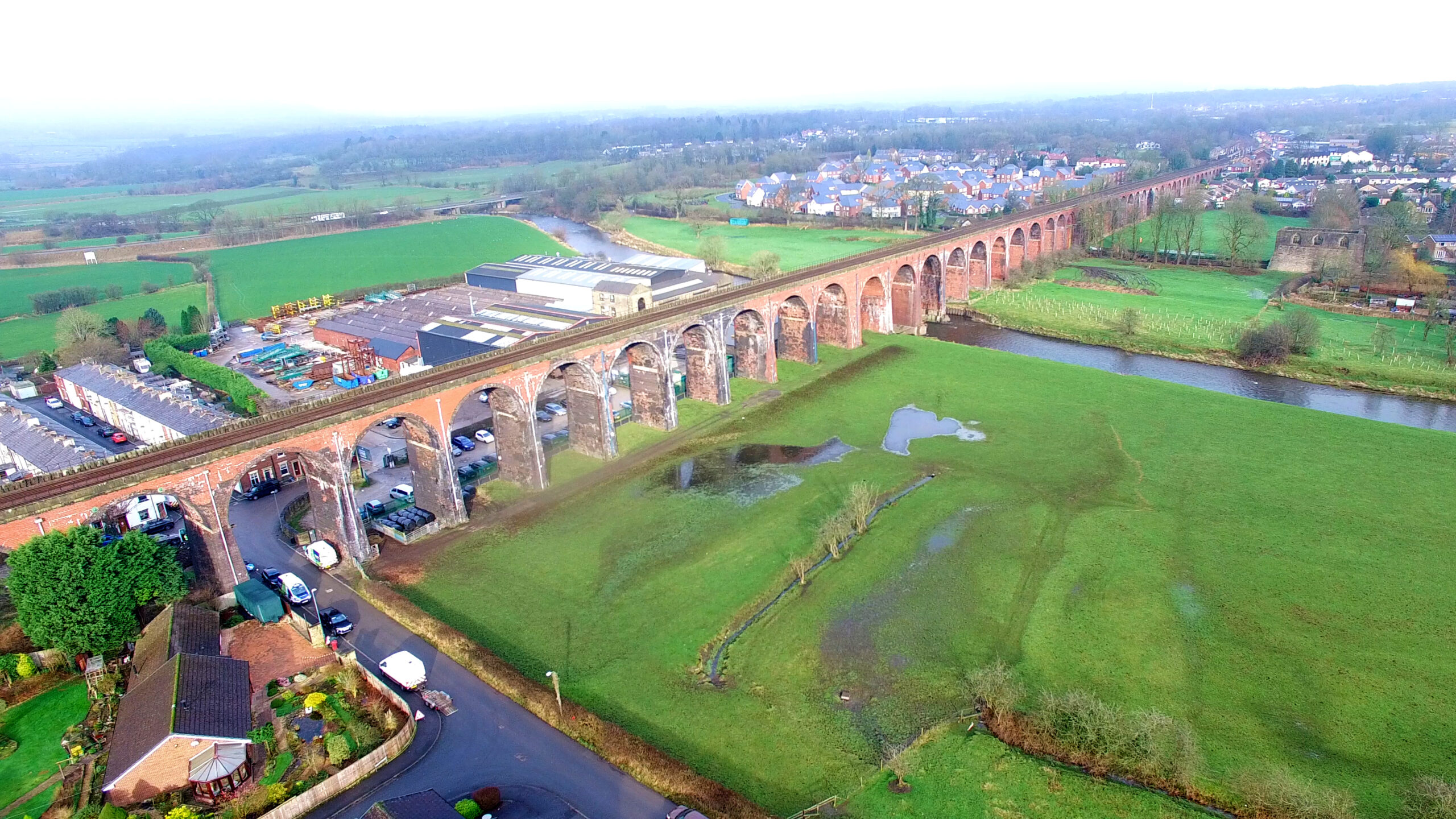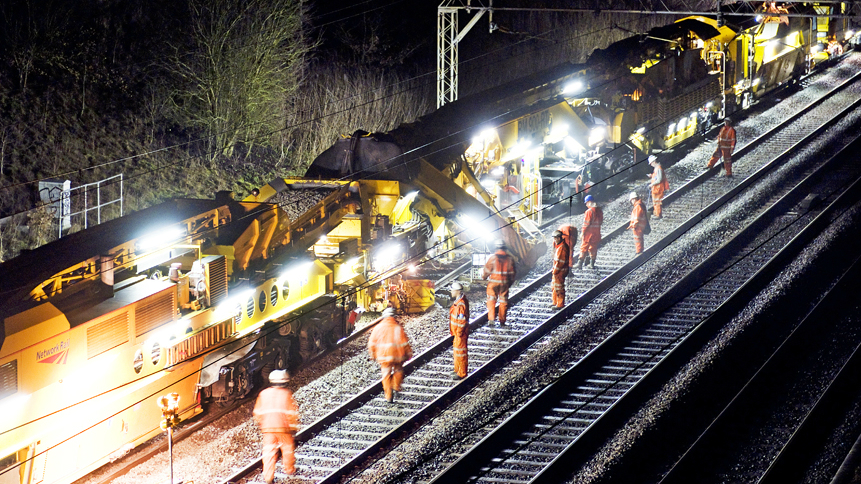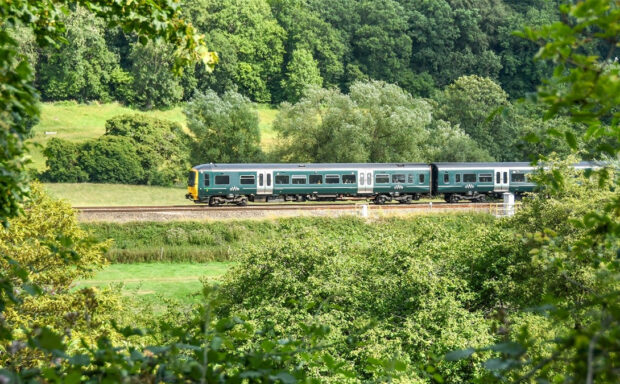Our railway is steeped in amazing history. It ranges from pioneering engineers to a top-secret government codebreaking operation and the blueprint for the National Health Service.
Here are nine heritage stories from 2020:
Film: The Railway at War – 1939-1945
Last year marked 75 years since the end of WWII, in which the railway played a crucial role, and for which we say thank you to all those who served and sacrificed.
- At the outbreak of war, railway companies evacuated 1.3 million children and some adults from big towns and cities.
- In May and June 1940, they sent trains to take part in the rescue of soldiers from Dunkirk in France.
- Later, train timetables were reduced to clear the tracks in the run up to the Allies’ invasion of Europe on D-Day.
Watch this film below to learn more about the role of the railway during WWII:
180 years of railway time
What’s railway time and how did it help standardise time around the world 180 years ago?
It’s the standardisation of time across the railway in Britain, in November 1840. Before railway time, Victorian train drivers had to constantly adjust to different time zones when they pulled into stations.
That’s because local time can differ by about 10 minutes from Greenwich Mean Time. Local time is based on solar time, which can vary significantly depending on a place’s latitude and the time of year.
Drivers kept finding themselves in slightly different local time zones when their trains arrived at railway stations. Imagine adjusting your watch every time you pull into another town or city – and the problems that could cause for the timetable and passengers.
Incredible Windrush generation images brought to life
May 1962. The last wave of the Windrush generation arrives at London Waterloo station.
The Commonwealth Immigrants Act 1962 is about to end automatic settlement rights in the UK for citizens of Commonwealth countries.
Howard Grey, a 20-year-old photographer, heads to the station to capture an historic moment – but his underexposed negatives would lie unusable for 50 years.
Click below to see the historic photographs in 3D for the first time … and click here to read our interview with Howard …
Black History Month 2020
October is Black History Month – a time of national celebration to honour the achievements and contributions of black people in Britain.
At Network Rail, we highlighted the importance of diversity and encouraging employees to join in with Black History Month events.
Sharon Salmon, chair of Cultural Fusion, our Black, Asian and minority ethnic (BAME) employee network, said: “It’s a time to come to together to celebrate the positive role of Black people in enriching our culture and making our society stronger.”
Cultural Fusion marked Black History Month with events throughout October, centering on arts, culture, music and science. It set its own theme for colleagues: evolution of the Black experience – Black history is everyone’s history.
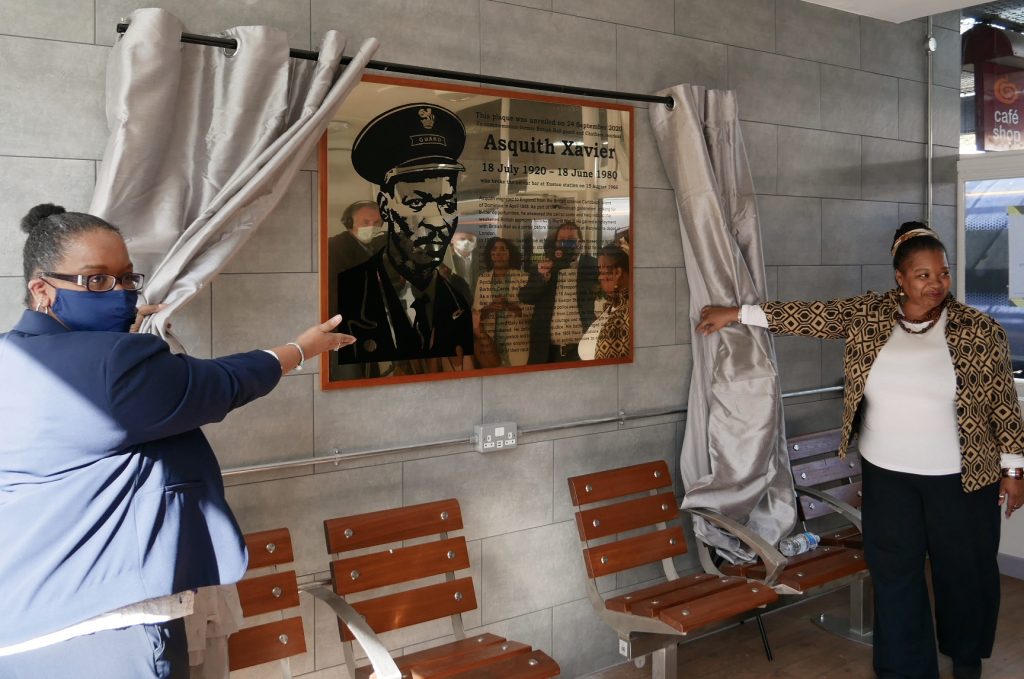
The Architecture the Railways Built – interview with presenter Tim Dunn
Growing up in Metro-land – the leafy suburbia served by the London Underground’s Metropolitan line – Tim Dunn’s track as one of our best-known railway historians had already been laid.
His grandparents met as schoolchildren waving to one another across platforms of the Metropolitan line – the same route his parents would meet on years later. From the age of seven, Tim would celebrate each birthday by riding in the cab of the Met No. 1 steam locomotive from the old Metropolitan Railway.
Three decades later, Tim is the star of his own 10-part television series on Yesterday celebrating the extraordinary architecture that makes up much of our railways.
The Architecture the Railways Built was pitched at London St Pancras International station, planned in a railway arch and filmed at heritage railways, signal boxes and royal waiting rooms across the UK and Europe.
Read our interview with Tim here.
The NHS and the railway
We celebrated the hard work of everyone at the National Health Service as it turned 72, and its historic links with another service that runs on critical workers – the railway.
Take a stroll down Swindon’s Faringdon Road and you might spot a spot a blue plaque commemorating the role of the Great Western Railway’s former medical fund and baths building as “the blueprint for the NHS”.
The GWR – Isambard Kingdom Brunel’s link between London Paddington, South West England and South Wales – chose Swindon for its locomotive works in the 1840s. In 1847, the railway company founded The Great Western Railway Medical Fund Society to help look after its workers living in the GWR New Swindon railway village, according to Historic England.
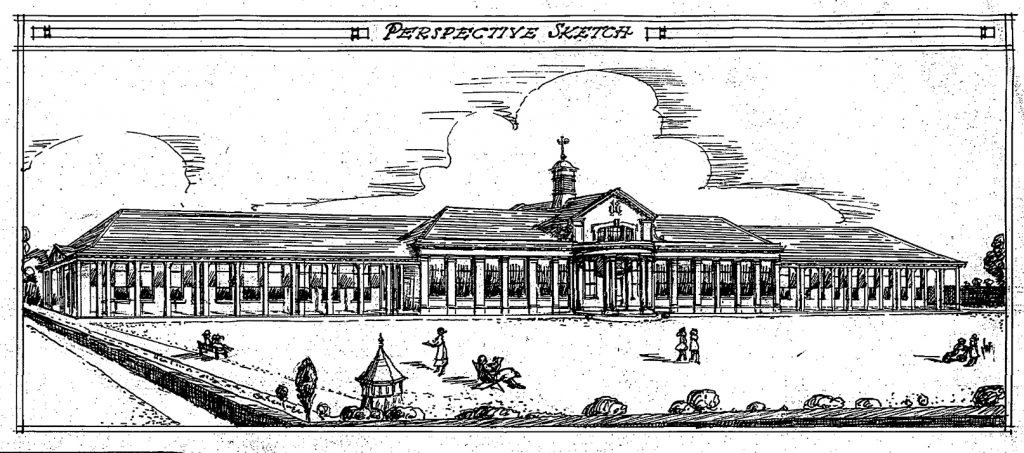
Victorian roundhouse unearthed in Birmingham
Engineers unearthed what is thought to be the world’s oldest railway roundhouse at the construction site of the new Birmingham Curzon Street station in March last year.
HS2, the new high-speed railway, said in a statement that the roundhouse sat adjacent to the old Curzon Street station – the first railway station serving the city centre. The turntable within the roundhouse would turn around the engines so trains could go back down the line. The roundhouse also stored engines, where they were serviced.
It said the railway was “built during a period of great significance and growth for the city. Built to a design by the 19th century engineer Robert Stephenson, the roundhouse was operational on 12 November 1837 – meaning the recently discovered building is likely to predate the current titleholder of ‘world’s oldest’ in Derby by almost two years.”
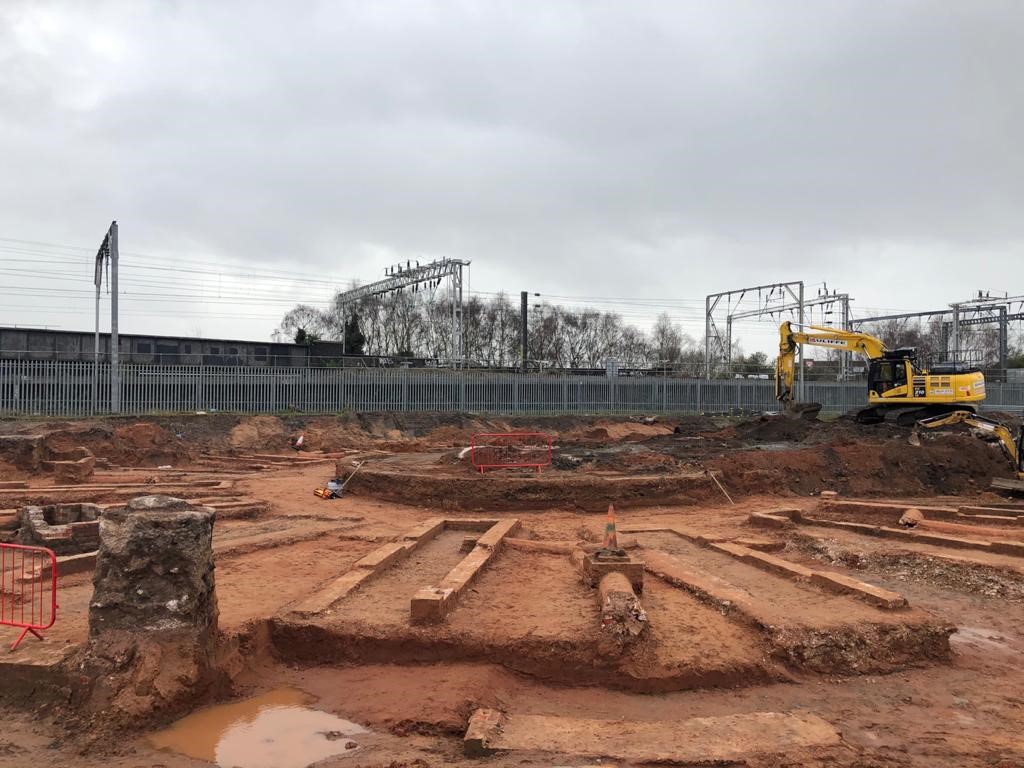
Florence Nightingale’s 200th birthday – a nursing pioneer’s links with Brunel
Florence Nightingale – a pioneering nurse with links to revolutionary engineer Isambard Kingdom Brunel – was born 200 years ago.
Nightingale is famous for her ground-breaking work in dramatically improving healthcare in Victorian times, but did you know Brunel had a significant role to play in her progress?
Nightingale had reported horrendous conditions for injured British troops at Scutari Barracks in Turkey. A hospital at the barracks was only accessible by sea and up steep, winding slopes, and it lacked a proper water supply and drainage, according to L.T.C. Rolt’s ‘Isambard Kingdom Brunel – Engineer, visionary and magnetic personality, he transformed the face of England’.
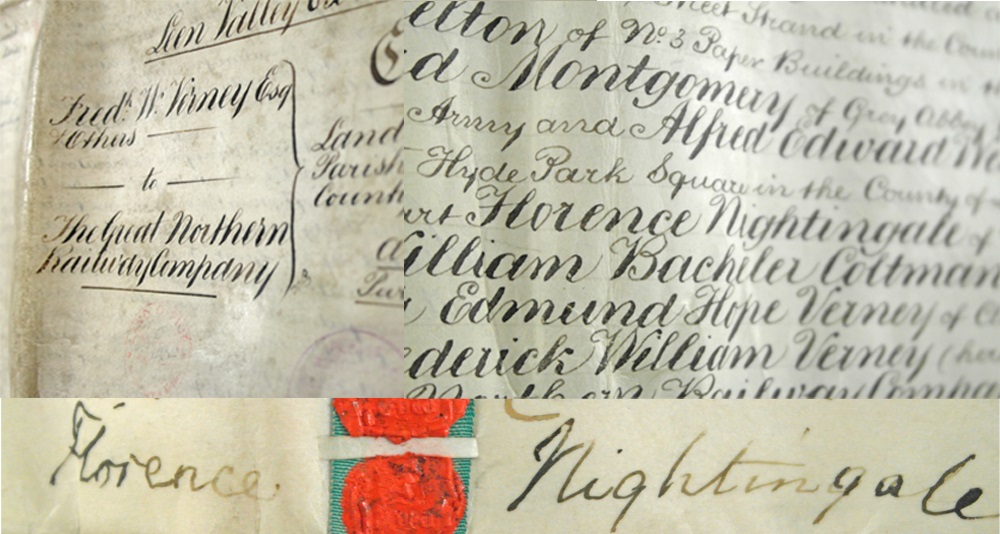
Bletchley Park and the railway
Sitting immediately south-east of a Victorian gothic country mansion in Buckinghamshire is arguably one of the most important railway stations of WWII.
For many young workers assigned to the Government’s ultra-secret cypher-breaking operation during the war, Bletchley railway station was the first glimpse of a world they could not speak about for decades.
“On arrival at Bletchley [station] you will find a telephone kiosk. Ring this number and await instructions,” was one of the orders for new recruits, who on reaching the park, instantly signed the Official Secrets Act, according to Voices of the Codebreakers: Personal Accounts of the Secret Heroes of World by Michael Paterson.
It said another was: “Take the exit from the arrival platform, go to the station forecourt and report to a hut on the far right hand side marked RTO (Railway Transport Officer) and show him but DO NOT GIVE him your envelope. He will direct you.”
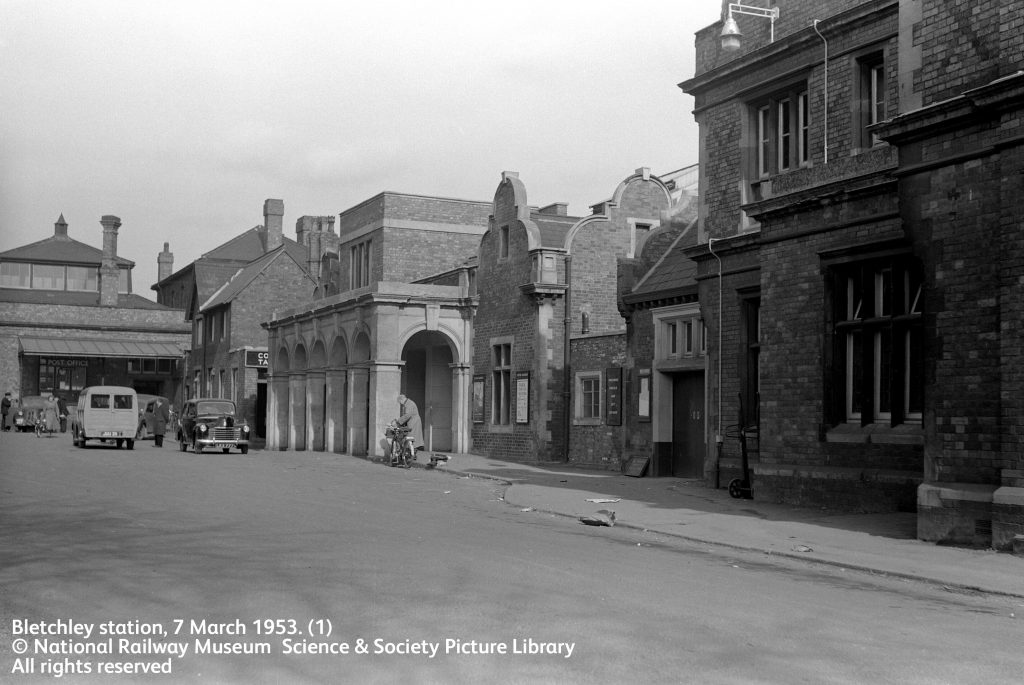
Read more:
People and the railway: 75 years of Brief Encounter
Film: The railway at war – 1914-1918

